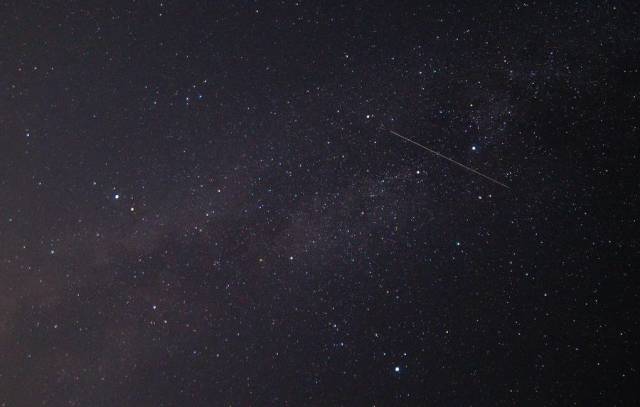The telescope has found several dozen previously unknown objects both in the Milky Way and beyond
tass, december 18. the art-xc telescope of the spektr-rg space observatory has completed a second survey of the entire sky. this is written by the institute for space research of the russian academy of sciences on its website.
"among the sources registered by the russian telescope art-xc, several dozen previously unknown objects were found in the galaxy (that is, in the milky way, - approx. TASS) and beyond, including supermassive black holes surrounded by a layer of cold gas and invisible in soft x-rays. Some of the registered sources show strong variability, as evidenced by the comparison of maps of the first and second reviews, " Roscosmos reported.
Thanks to the work of ART-XC, the number of X-ray sources known to astronomers on the map has almost doubled, to about 1 thousand. Over the next three years, the telescope will survey the entire sky six more times. Scientists expect that thanks to this, several thousand more similar sources can be found in the sky.
Spektr-RG is a joint Russian-German project. The purpose of the observatory is to scan the sky in a wide energy range with high sensitivity and angular resolution. This is the second device from the range of "Spectra", which should take the place of" Spectrum-R " (its mission was completed at the end of May this year) in the status of the only Russian scientific and space project.
It has two X-ray telescopes on board: the Russian ART-XC and the German eROSITA. It was planned to launch such an observatory since 1987, as a result, the launch of Proton-M with the device on board took place in July 2019, it almost immediately began work.
Last September, the Russian telescope conducted two surveys of the sky at once. To test how the telescope works, scientists from the Institute for Space Research of the Russian Academy of Sciences and their colleagues chose two regions of our Galaxy-part of its spiral arm, which is located in the constellation of the Polygon, and the center of the Milky Way. In addition, ART-XC mapped more than 1% of the sky together with eROSITA during several" training " observation sessions.
in the future, scientists expect that spektr-rg will produce complete x-ray maps of the sky every six months. These measurements will help scientists conduct the most detailed census of galaxies and understand what processes control their evolution, including what causes them to suddenly "die", stop producing new stars.

